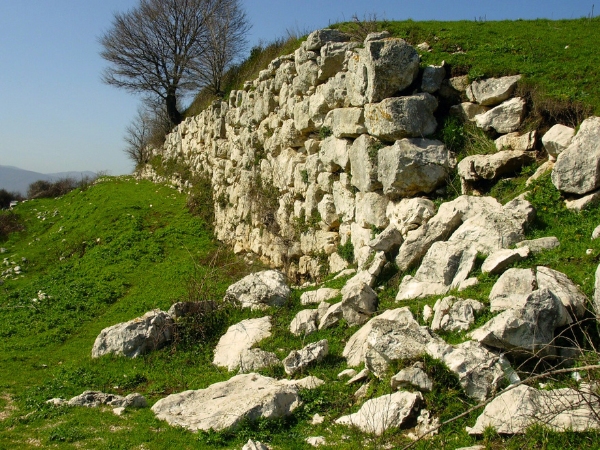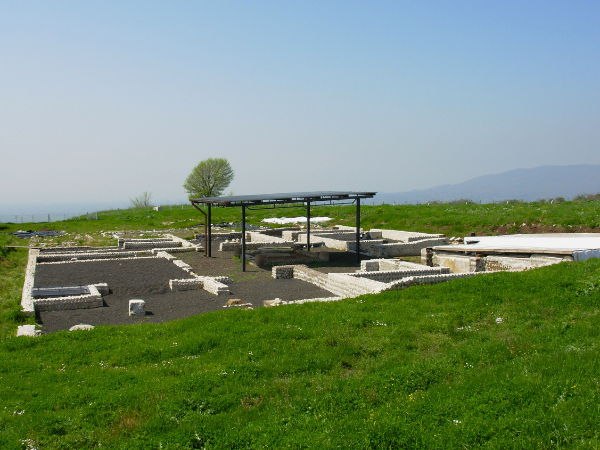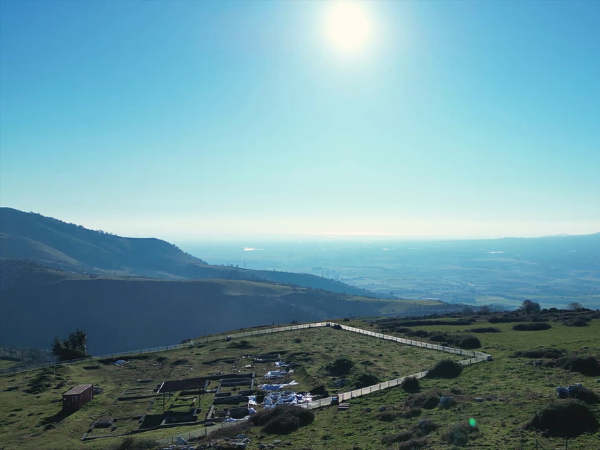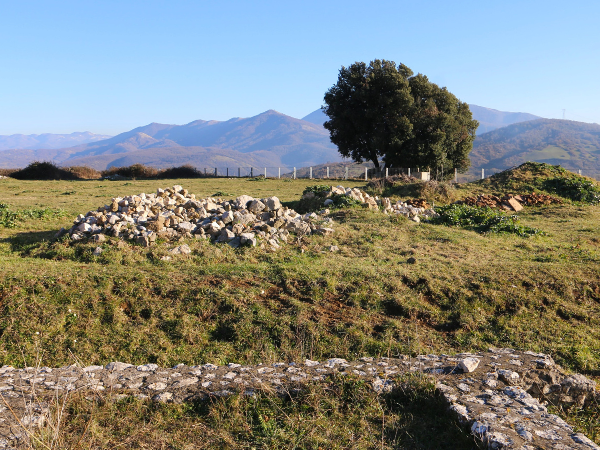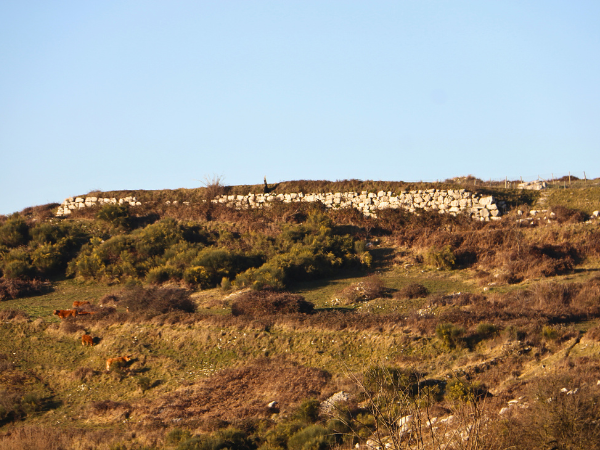Places to discover
Civita Plain of Artena Archeological Site
Located about 1 km away from a residential area, the archeological site is closely connected to the “Roger Lambrechts” Civic Museum of Artena.
Surrounded by a magnificent landscape, it offers a panoramic view that stretches from the opening of the Pontina Plain to the Castelli Romani, and embraces the Prenestini Mountains and the Sacco Valley.
By visiting the site it’s possible to retrace the ruins of a dwelling inhabited between the late archaic period (beginning of the V century b.c.) and the mid republican period (IV-III century b.c.) positioned 631m above sea level, in a strategic position of control over the valley below.
The earliest traces of civilization in the area seem to date back to the eneolithic period, as suggested by the discovery of a small volcanic stone axe, found during excavations conducted by the Belgian archeologist Roger Lambrechts, which is now displayed in the civic museum of Artena.
It’s possible to admire the remarkable remains of the polygonal defensive city walls that outlined an area of approximately 30 hectares and suggested the presence of at least three main gates, of which only one has been documented and brought to light: the so called “Porta Scea”, at the south edge of the plateau. The dwelling’s inner area still shows traces of regular layout, punctuated by polygonal masonry terracing, with the terracing on the higher side of the plain being distinguished because of its size. At the back of the plateau the remains of a well preserved rustic Roman villa, (inhabited between the I century b.c. and the II century a.d.) are still being studied.
Many of the artifacts rediscovered during the excavation campaigns conducted on the site are displayed in the “Roger Lambrechts” Civic Museum of Artena.
Access to the area is unrestricted.
You can contact the “Roger Lambrechts” Civic Museum of Artena for more information regarding specific guided tours.
Gallery


